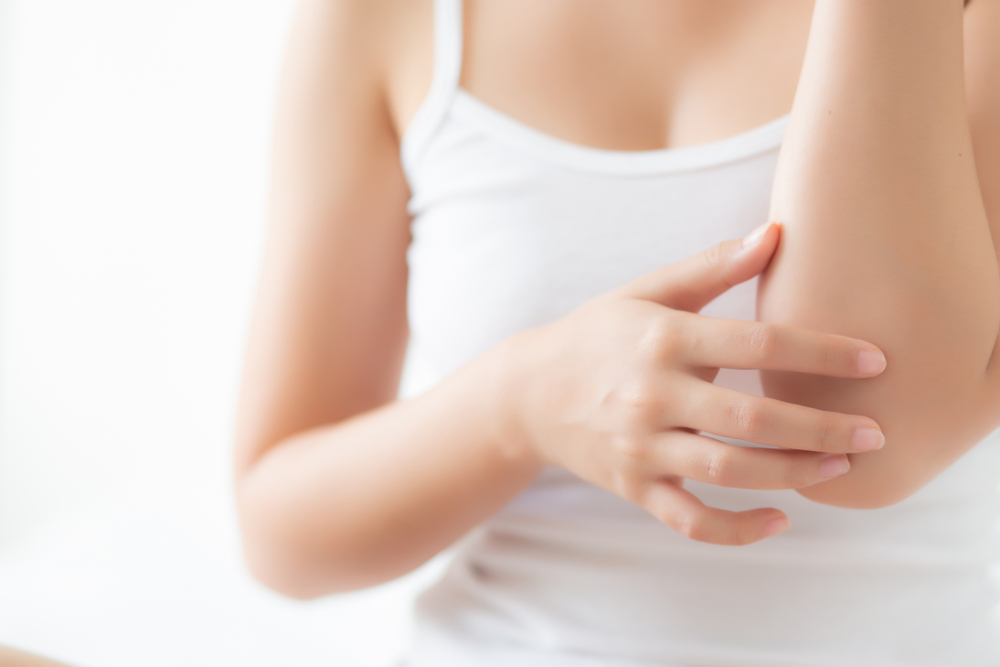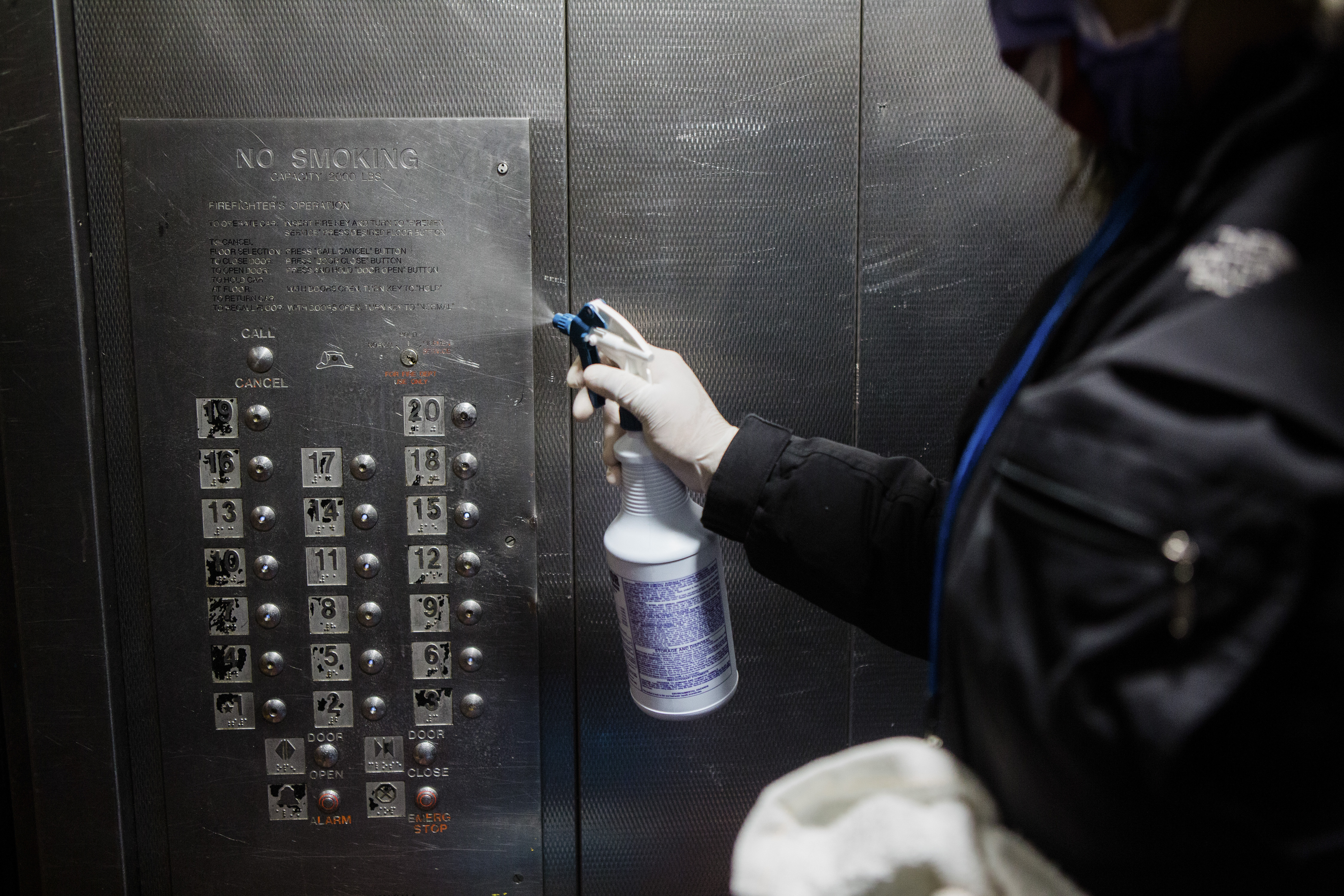Summer is in full swing and people of all ages are getting “cramps” in various muscles. It usually occurs in the thigh or calf but can also affect the chest or abdominal muscles. It starts as niggling twitches that can initially be ignored but eventually result in severe pain, palpably knotted contracted muscles and an inability to move. Swimmers who develop cramps feel they might drown. Endurance athletes are felled to the ground. They usually manage to get up and hobble, but many of them do not manage to complete the race.
There are many theories to explain this phenomenon. Not staying sufficiently hydrated is one of them. If the temperature is very high, there may not be perceptible sweating so fluid loss from the skin may be unnoticed. In summer, hydration can be roughly assessed by checking the colour of the urine. It should be light yellow.
Another explanation is that activity and sweating deplete the electrolytes sodium and potassium. These are both essential to keep the nerves firing efficiently and ensure sequential muscle contraction without cramps.
Hydrate during sports and otherwise with lightly-salted buttermilk or lime juice. Premixed ORS and sports drinks such as Gatorade are expensive options.
About 60 per cent of adults experience cramps at night. This wakes them up and they try to massage or stretch the muscle. The cramps occur because the nerves to the muscle start firing when they are supposed to be winding down to rest. It can also be caused by medication such as Naprosyn and certain antidepressants, liver disease or if blood supply is compromised due to diabetes, hypertension, atherosclerosis or smoking.
Relief can be obtained if the underlying disease is treated. If no reason is found, soaking the legs for 10 minutes in warm water before going to bed, a small dose (500mg) of paracetamol at bedtime, supplements of vitamins — especially B12 — and magnesium may help. Aerobic activity such as walking or cycling for 10 minutes about two hours before going to bed is also beneficial.
Some adults suffer from restless legs. As soon as they lie, down unpleasant tingling or electric sensations occur in one or both legs. This is relieved with movement, but the sleep-disrupting sensations may continue all through the night.
This may be genetic with many members of the family affected. It may be due to iron deficiency or peripheral neuritis due to diabetes, liver or kidney failure. It can occur after spinal cord injury.
Restless legs make it difficult to sleep through the night or even take a nap during the day. The chronic lack of sleep may lead to depression, loss of concentration and daytime drowsiness.
The body can also develop sleep jerks called myoclonic jerks. Just as the person is falling asleep, there is a sudden involuntary contraction of the muscles which startles the person and causes them to wake up. Myoclonic jerks may be due to diabetes, liver or kidney disease, or the onset of Alzheimer’s or Parkinson’s disease. Most of the time, no reason can be found and there is no specific treatment.
Toddlers and preteens may complain of pain in the legs in the evenings, particularly after a physically demanding day. They disappear by morning. Applying moist heat to the leg before bedtime or making the child stand in a bucket of warm water is all that is needed. The legs can also be stretched morning and evening. If the pain is really severe, a single dose of 10-15 mg/kg of paracetamol can be given.













